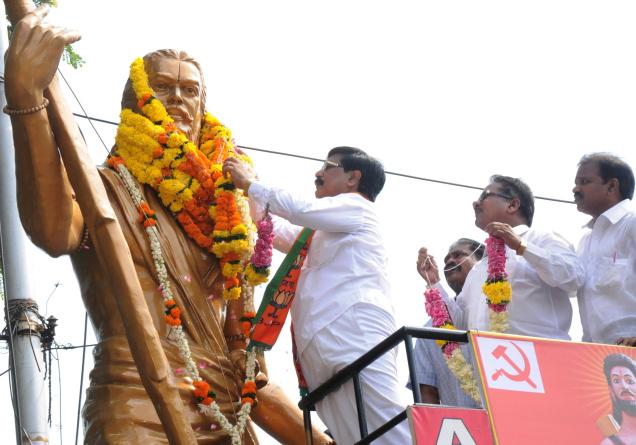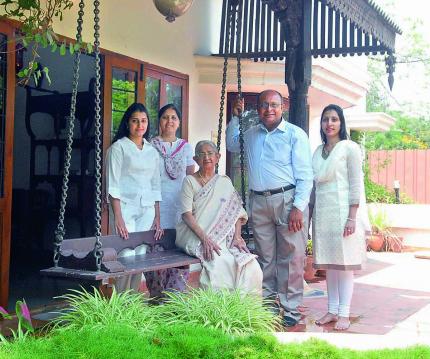The Deccan Chronicle is as integral a part of Hyderabad as the Charminar.
Deccan Chronicle was conceived by three friends — a journalist Theodre La Touche, an advocate, B. R Chari and Sarojini Naidu’s son, a homeopath, M N Jaisoorya. They sold the idea of an “everybody’s paper” to Mr Rajagopal who supplied papers to the Nizam’s government Press.
Thus was born the Deccan Chronicle in 1938.
From those patriotism-filled pre-independence days, Deccan Chronicle has retained its position as the leading newspaper and has only grown stronger as the ‘people’s paper’.
The expansion and modernization of Deccan Chronicle began when my father, the late T Chandrashekhar Reddy, acquired DC in 1977. As the city changed and evolved, so did its people. And along with them changed and grew the Chronicle.
All newspapers report contemporary history. It is the credibility of our coverage and reports that has helped us build a broad and loyal readership. Our journalists report without fear or favour. We weigh facts and try our best to provide readers with accurate and reliable information in a context that empowers them.
We are entertaining but we are also watchdogs and give voice to the voiceless. In many ways we are driven by the reader. Most importantly our readers are assured that we have no editorial arrangements that compromise editorial integrity under commercial pressures. DC’s fascinating journey through 75 years has made it a household companion across southern India. Yet this is only the beginning. We look forward to the journey ahead with the continued affection and support of our readers.
Last but most important, the untiring effort put in by the DC team, to ensure the paper reaches your doorstep every morning without fail. Thank you all. We treasure the relationship; we couldn’t have done without each and everyone of you.
T Venkatram Reddy
————————————————————————
Deccan Chronicle Holdings Limited
source: http://www.deccanchronicle.com / Deccan Chronicle / Home> News> Current Affairs / DC / May 15th, 2013




